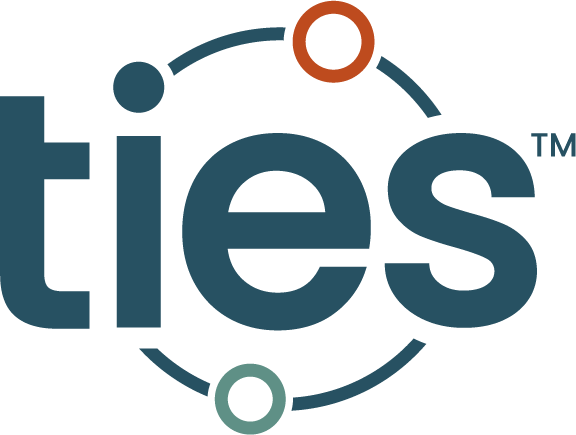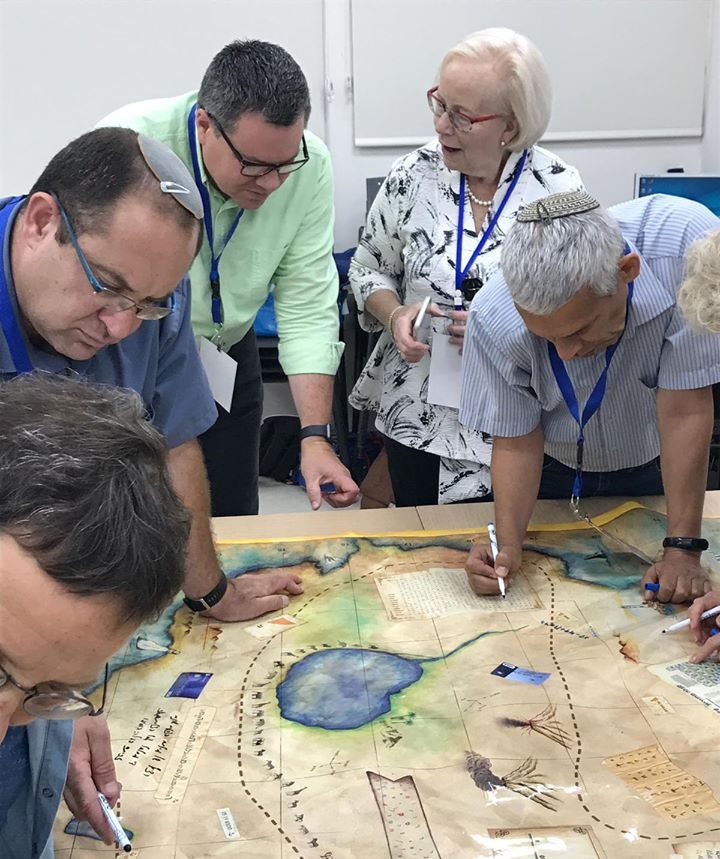More than 125 leaders from education, business and industry, government, philanthropy, non-profits and after-school organizations met in Tel Aviv, Israel on November 22 to launch a STEM Learning EcosystemsSM (SLE) Community of Practice, mirroring the success of SLE’s in the United States. Led by TIES, a global STEM workforce and education consultant, SLE’s are built on more than a decade of investment in the power of collaborative action among multi-disciplinary partners.
Muhanna Fares, director of the National Programs Division for the Israeli Ministry of Education, and Jeff Weld, former director of the U.S. Office of Science Technology Policy, were among the mainstage speakers, stressing the importance of building lasting partnerships anchored in STEM to transform education and strengthen communities. Leaders from nine different municipalities attended the event, with some presenting about their initiatives in an effort to help others learn and possibly replicate some of their work.
The first Israeli STEM ecosystem was formed in Be’er Sheva in the Negev, an emerging center of technological innovation with a fast growing and increasingly diverse population of approximately 210,000. The work to organize SLE’s in Israel started in 2017 under the direction of TIES and with the support of key partners including the Cleveland Jewish Federation and the Samueli Foundation. Other ecosystems are now forming in numerous other parts of the country.
Jan Morrison, founder and managing partner of TIES, explained that ecosystems are powerful vehicles for bringing together people from all sectors in a community – parents, business and industry, education, non-profits, government and philanthropy – to work for common goals around improved STEM opportunities.
We are honored and humbled that so many of our Israeli colleagues understand the power and promise of what we have built in the United States with the STEM Learning Ecosystems Community of Practice.
There is now a global movement of 89 ecosystems across the world, all working to create better opportunities for our children and communities through STEM. The prototype that we built in the U.S. is one that we believe has great potential to thrive in other countries, including Israel.
Jan Morrison
In December 2018, the U.S. Office of Science Technology Policy listed forming STEM ecosystems as the nation’s top priority for improving STEM learning. That action was the culmination of more than a decade of work, originally launched by the Bill and Melinda Gates Foundation, to build regional STEM hubs.
Israeli Ecosystem In Action
One Israeli ecosystem shared the story of how the fishing industry in their community was being threatened by an influx of birds. Leaders of the ecosystem posed the challenge to school children, who devised a solution using drones and different flying patterns to urge the birds to travel a different path away from the fishponds.
“The work with the fishing industry is a great example of how ecosystems can tackle a community’s challenges,” said Jan Morrison, founder and managing partner of TIES, a Cleveland-based STEM workforce and education consultancy with operations located around the globe.
Global Growth of STEM Learning Ecosystems
November 2019 was a tipping point for TIES-led STEM Learning Ecosystems Global Growth. At the same time Jan Morrison was in Israel to officially launch the country’s first STEM Learning Ecosystems Community of Practice Convening, TIES Partner Marc Siciliano was in Norway helping to incubate that country’s STEM Ecosystem and Julie Stolzer, TIES director of global STEM Learning Ecosystems, was co-presenting the benefits of an ecosystem approach with Kenya STEM Learning Ecosystem leadership to a conference of Invention Education innovators at the U.S. Patent and Trademark office in Washington DC.
For more information, contact Alyssa Briggs, director of STEM Learning Ecosystems

